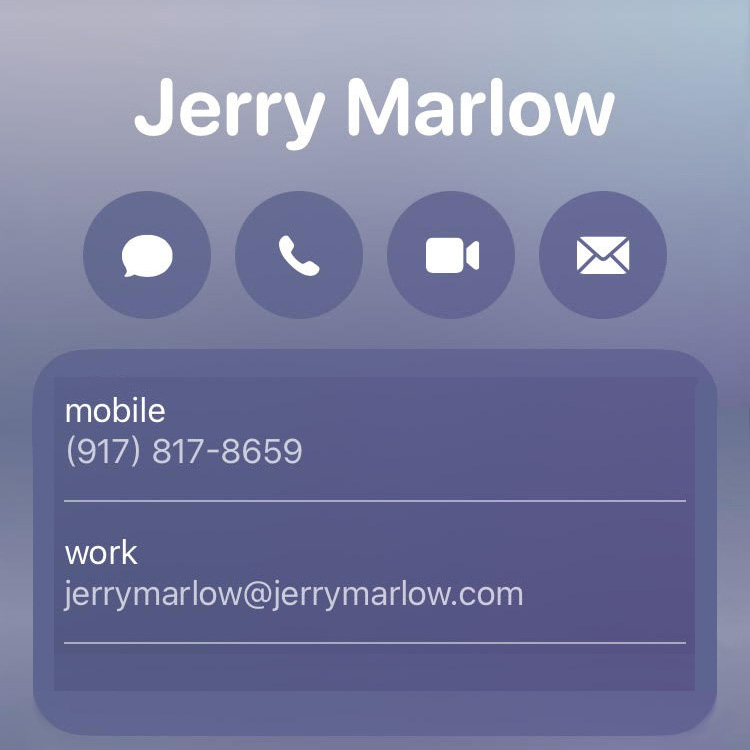High-quality organizational writing
is precise, is accessible, engages,
enlightens, empowers, persuades,
and serves a purpose.
High-quality writing
has a lot in common
with high-quality data.
Chief Data Officers understand
that high-quality data
is accurate, precise, up-to-date,
accessible, and useful
for the business purpose at hand.
High-quality writing
has these same characteristics.
More precise writing can bump up
the energy level of your organization.
“Yeah?
“How does that work?”
When you wander
into the thermodynamics
of information theory,
you learn that more precise information
has more thermodynamic energy
than less precise information has.
In a statistical sense,
the more precise language is,
the less probable
the information conveyed is.
The less probable information is,
the more unexpected the information is.
The more unexpected information is,
the more surprise value the information has.
All else being equal,
the more surprising information is,
the more value the information has
for its recipient.
Claude Shannon,
a pioneer in information theory
who worked at Bell Labs,
went so far as to proclaim:
“Information is surprise.”
In Bayesian decision-making,
new information that surprises you
(new information that you did not expect
under your prevailing model)
is more likely to shift your beliefs
and alter your planned course of action
than is new information that you expected.
Acting teachers teach acting students
a similar concept: “In your actions
and in the expression of your emotions,
be specific. The specific is always
more powerful than the general.”
The more accessible writing is,
the easier it is for readers and listeners
to comprehend.
In data management,
accessible means
that the people who need data
can get that data
quickly, easily, cheaply,
and in a form that they can use efficiently.
In spoken and written communication,
accessible means
that people who need information
can understand that information
quickly, easily, and accurately.
To make information easy to understand,
I mostly use simple, everyday words.
I mostly write in sentences
that are short and easy to understand.
In data processing, to interpret
what the value in a data field means,
the software may have to look up
the meaning of the value
in a metadata lookup table.
In listening and reading,
you perform a mental or physical lookup
whenever you ask yourself:
“Who was the antecedent for that pronoun?”
“Which concept was the former concept?
Which concept was the latter concept?”
Performing mental and physical lookups
consumes both time and energy.
To make the sentences that I write
cognitively accessible and efficient,
I minimize the number
of mental lookups
that the reader’s brain
has to perform.
When communication calls
for a long, long sentence;
I organize the sentence
so that the meaning of the sentence
emerges
as phrases cascade
from the beginning of the sentence
to the end of the sentence.
I do not want my reader
to have to lug a growing,
increasingly messy or sloppy
cognitive load
as she or he waits
for connections to click into place.
If your organization communicates
in writing with the public,
then you may want to keep in mind
that twenty percent of American adults
do not read proficiently.
If your organization’s writing
is easy to understand,
then you can reach
these often neglected poor readers.
High-quality writing
helps an organization
fulfill its purposes
and achieve the outcomes
that its leaders desire.
In the managment of data quality,
the overarching goal
is to make the right data
available at the right time
to the right users
to make the right decisions
and achieve the right outcomes.
That is, data has a purpose.
I believe the same to be true
of organizational writing.
High quality writing
helps an organization
fulfill the purposes
and achieve the outcomes
that its leaders desire.
Usually, the purpose
of my writing is
to get someone
to understand something,
to learn how to do something,
to do something,
to invest in something,
or to buy something.
chapterpreciseaccessibleengagesenlightensempowersandpersuadesID next semantic_line_breaks_help.html










